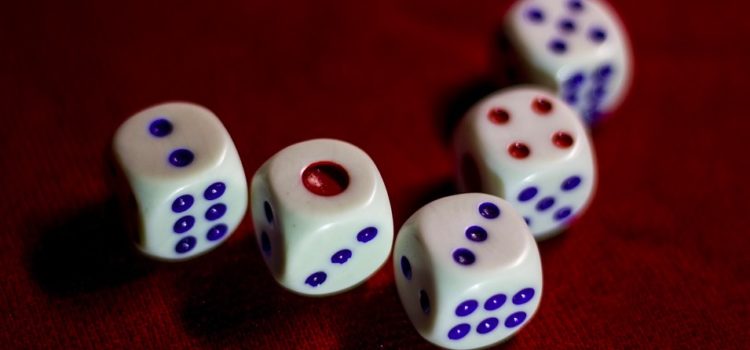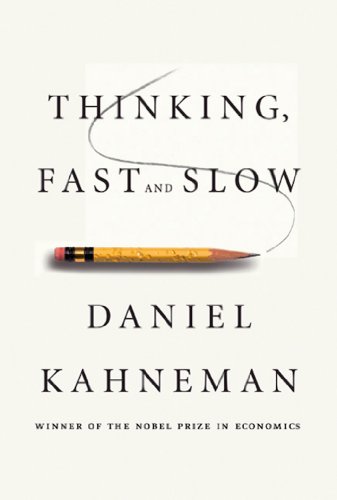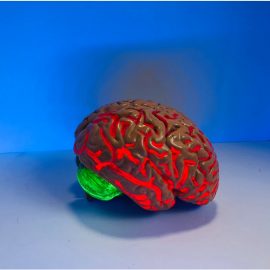

This article is an excerpt from the Shortform summary of "Thinking, Fast and Slow" by Daniel Kahneman. Shortform has the world's best summaries of books you should be reading.
Like this article? Sign up for a free trial here .
What is the certainty effect? How does it blind us to options that are less than optimal, but still pretty good?
The certainty effect is the tendency of people to feel disproportionately better about outcomes that are certain compared to outcomes that are probable or possible. This leads people to overweight certainty when making judgments.
We’ll cover how the certainty effect works and its role in Daniel Kahneman’s prospect theory.
The Possibility Effect v. the Certainty Effect
Both the possibility effect and the certainty effect are practical implications of prospect theory.
Possibility Effect
Consider which is more meaningful to you:
- Going from a 0% chance of winning $1 million to 5% chance
- Going from a 5% chance of winning $1 million to 10% chance
Most likely you felt better about the first than the second. The mere possibility of winning something (that may still be highly unlikely) is overweighted in its importance. We fantasize about small chances of big gains. We obsess about tiny chances of very bad outcomes.
Certainty Effect
Now consider how you feel about these options on the opposite end of probability:
- In a surgical procedure, going from a 90% success rate to 95% success rate.
- In a surgical procedure, going from a 95% success rate to 100% success rate
Most likely, you felt better about the second than the first. Outcomes that are almost certain are given less weight than their probability justifies. 95% success rate is actually fantastic! But it doesn’t feel this way, because it’s not 100%.
The Fourfold Pattern of Prospect Theory
Putting prospect theory into another summary form, here’s a 2×2 grid showing how people feel about risk in different situations. The upper left quadrant shows how people feel about a high probability of a gain, the upper right shows how people feel about a high probability of a loss, and so on.
The upper quadrants show how the certainty effect affects how people perceive gains and losses.
| GAINS | LOSSES | |
| HIGH PROBABILITY Certainty Effect | 95% chance to win $10,000 vs 100% chance to win $9,500 Fear of disappointment RISK AVERSE Accept unfavorable settlement Example: Lawsuit settlement | 95% chance to lose $10,000 vs 100% chance to lose $9,500 Hope to avoid loss RISK SEEKING Reject favorable settlement Example: Hail mary to save failing company |
| LOW PROBABILITY Possibility Effect | 5% chance to win $10,000 vs 100% chance to win $500 Hope of large gain RISK SEEKING Reject favorable settlement Example: Lottery | 5% chance to lose $10,000 vs 100% chance to lose $500 Fear of large loss RISK AVERSE Accept unfavorable settlement Example: Insurance |
Putting it all together – two factors are at work in evaluating gambles and the certainty effect:
- Diminishing sensitivity, so that more of the same causes less of a change in psychological value (in the graph, the slope decreases as you move further from the y-axis)
- Inaccurate weighting of probabilities at the edges
In the first row of this table, the certainty effect, the two factors work in the same direction:
- In the upper right quadrant, diminishing sensitivity causes loss aversion: a sure loss is painful. On the prospect theory graph, 100% of -900 is more negative than 90% of -1,000.
- Making matters worse is the inaccurate weighting of probabilities. While 100% is weighted at 100, 90% is weighted only at 71. This certainty effect causes the 100% loss to feel much more painful than a very high chance of loss.
- Similarly, in the positive situation on the upper right, the diminishing sensitivity makes a certain lower gain more attractive, and the certainty effect reduces the attractiveness of the gamble.
In the bottom row, the two factors work in opposite directions:
- In the lower left corner, diminishing sensitivity still makes the sure gain more attractive than the chance of a gain. But the overweighting of low probabilities overcomes this effect, so people in this quadrant tend to choose the 5% gamble.
Kahneman notes that many human tragedies happen in the upper right quadrant, related to the certainty effect. People who are between two very bad options take desperate gambles, accepting a high chance of making things worse to avoid a certain loss. The certain large loss is too painful, and the small chance of salvation too tempting, to decide to cut one’s losses.
———End of Preview———

Like what you just read? Read the rest of the world's best summary of "Thinking, Fast and Slow" at Shortform . Learn the book's critical concepts in 20 minutes or less .
Here's what you'll find in our full Thinking, Fast and Slow summary :
- Why we get easily fooled when we're stressed and preoccupied
- Why we tend to overestimate the likelihood of good things happening (like the lottery)
- How to protect yourself from making bad decisions and from scam artists






